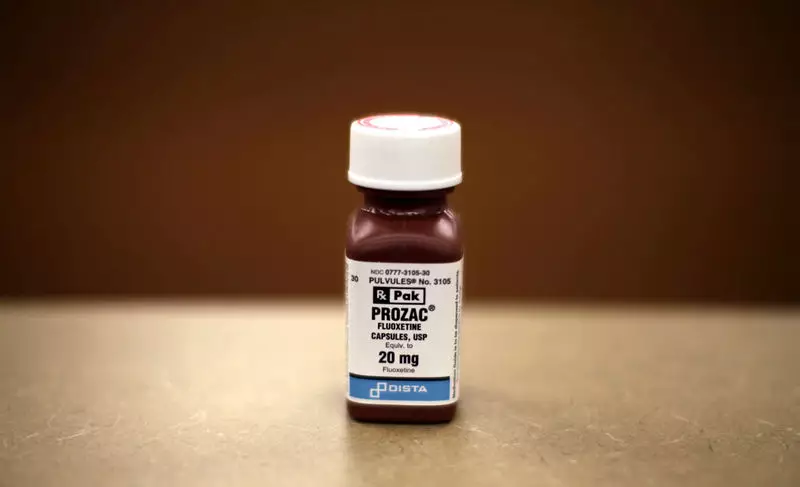Eli Lilly’s weight-loss drug, Zepbound, has seen explosive demand leading to a $2 billion increase in the company’s annual sales forecast. This significant growth can be attributed to the increased manufacturing capacity for the drug, allowing for more production to meet the high demand in the market. The company expects significant production increases in the second half of the year for Zepbound and its related diabetes drug, Mounjaro. This move has resulted in a tremendous boost in the company’s market value, surpassing even major players like Tesla and Walmart.
Despite the efforts to ramp up production, Lilly CEO David Ricks mentioned that the lag time in producing more product is significant. This highlights a key challenge that the company is facing in meeting the skyrocketing demand for their weight-loss drugs. The sales growth for Eli Lilly will heavily depend on how much of the medicines they can produce and ship in the short to mid-term. The company’s move to acquire a manufacturing facility and invest in new sites demonstrates their commitment to addressing the shortage issue.
Eli Lilly is not alone in this race to increase production capacity in the weight-loss market. Danish rival Novo Nordisk is also competing to enhance their manufacturing operations to meet the growing demand for obesity treatments. Both companies are capitalizing on the popularity of GLP-1 agonists, a class of drugs originally developed for diabetes, which have shown promising results in aiding weight loss among patients. The U.S. FDA has acknowledged the shortage of Zepbound and Mounjaro doses, indicating the urgent need for more supply to fulfill market demand.
Despite the challenges with production and supply, Eli Lilly has raised its 2024 revenue forecast significantly, projecting a revenue range of $42.4 billion to $43.6 billion. This upward revision is accompanied by an increase in the annual profit forecast per share. The company’s strong financial performance is reflected in its stock prices, which have seen a substantial increase this year. However, it is crucial for Eli Lilly to address the discrepancies in prescription numbers between Zepbound and its competitors, such as Novo Nordisk’s Wegovy, to maintain a competitive edge in the market.
The surge in demand for Eli Lilly’s weight-loss drugs presents both opportunities and challenges for the company. While the increased sales forecast is promising, meeting the production targets and addressing the supply shortages will be crucial for sustaining this growth. As the company continues to invest in manufacturing capacity and innovation, it will be interesting to see how Eli Lilly navigates the competitive weight-loss market and maintains its position as a key player in the pharmaceutical industry.

